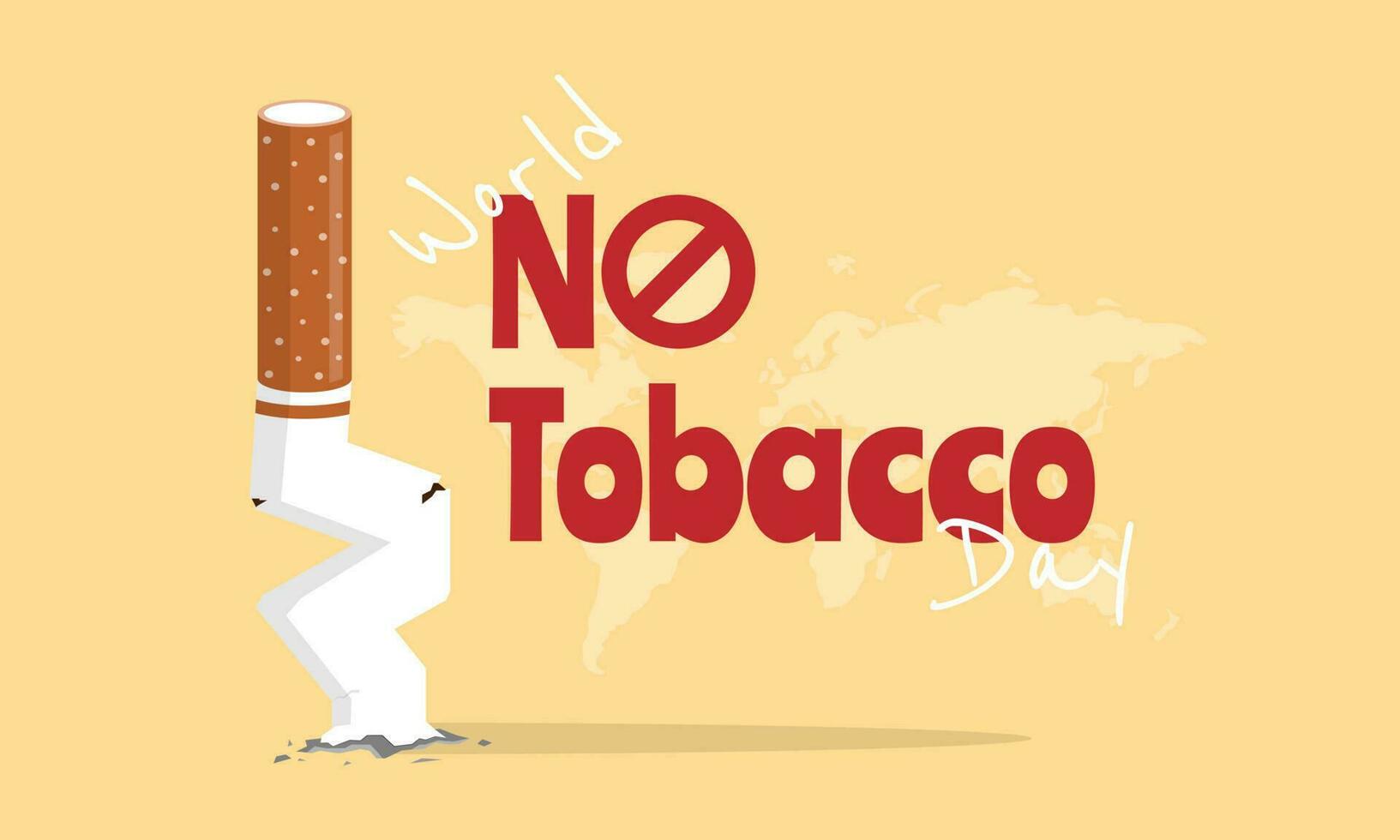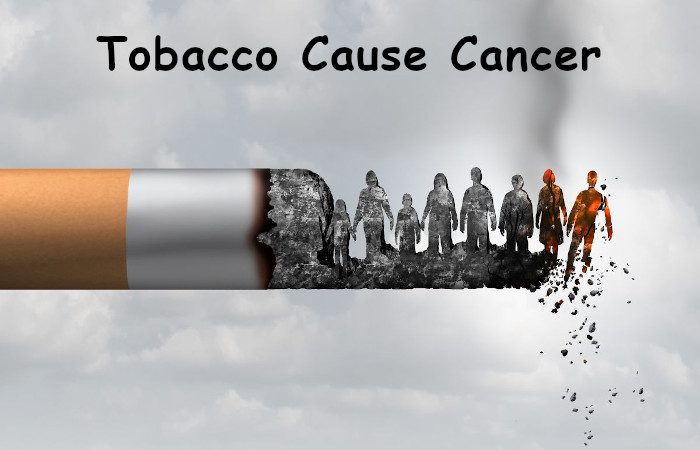Taking a Stand: World No Tobacco Day
World No Tobacco Day, observed annually on May 31, serves as a global reminder of the health risks associated with tobacco use and the need for effective policies to combat tobacco addiction. This day highlights the dangers of smoking and secondhand smoke, while also promoting awareness about the benefits of quitting. As we reflect on the impact of tobacco on public health, it is crucial to encourage individuals to take action against tobacco use and support initiatives that promote a smoke-free future.
The Global Impact of Tobacco Use
 Tobacco use remains one of the leading causes of preventable death worldwide. According to the World Health Organization (WHO), tobacco kills more than 8 million people each year, with over 7 million of those deaths resulting from direct tobacco use and around 1.2 million from secondhand smoke exposure. The health implications are staggering:
Tobacco use remains one of the leading causes of preventable death worldwide. According to the World Health Organization (WHO), tobacco kills more than 8 million people each year, with over 7 million of those deaths resulting from direct tobacco use and around 1.2 million from secondhand smoke exposure. The health implications are staggering:
Respiratory Diseases:
Smoking is a major cause of respiratory conditions such as chronic obstructive pulmonary disease (COPD) and emphysema. These diseases severely affect lung function and quality of life, making it difficult for individuals to breathe normally.
Cardiovascular Diseases:
Tobacco use significantly increases the risk of heart disease and stroke. Smoking damages blood vessels, raises blood pressure, and contributes to the buildup of plaque in arteries, leading to serious cardiovascular complications.
Cancer:
Tobacco is a known carcinogen, with smoking linked to various types of cancer, including lung, throat, mouth, esophagus, and bladder cancer. Even non-smokers can develop cancer through exposure to secondhand smoke.
Mental Health Issues:
The relationship between tobacco use and mental health is complex. Many individuals smoke to cope with stress, anxiety, or depression, yet smoking can exacerbate these issues over time.
Economic Costs:
The financial burden of tobacco use extends beyond individual health. The economic impact includes healthcare costs for treating tobacco-related illnesses and lost productivity due to illness and premature death.
The Benefits of Quitting Tobacco
Quitting tobacco can lead to immediate and long-term health benefits. Here are some of the positive outcomes associated with quitting:
Improved Health:
Within hours of quitting, heart rate and blood pressure begin to drop, and over time, lung function improves. The risk of heart disease decreases significantly within just one year of quitting.
Reduced Cancer Risk:
After quitting, the risk of developing tobacco-related cancers decreases over time. Ten years after quitting, the risk of lung cancer is cut in half compared to that of a continuing smoker.
Better Mental Health:
Many individuals experience improved mental clarity and mood stability after quitting. While the initial withdrawal can be challenging, many report feeling more in control and less anxious in the long run.
Enhanced Quality of Life:
Quitting smoking can lead to a higher quality of life. Individuals often experience increased energy levels, better physical fitness, and an overall improved sense of well-being.
Supporting Tobacco Cessation
 World No Tobacco Day is not just about raising awareness; it’s also about providing resources and support for those looking to quit. Here are several strategies to help individuals quit tobacco:
World No Tobacco Day is not just about raising awareness; it’s also about providing resources and support for those looking to quit. Here are several strategies to help individuals quit tobacco:
Education and Awareness:
Informing individuals about the risks of tobacco use and the benefits of quitting is crucial. Community workshops, school programs, and social media campaigns can effectively spread this message.Access to Resources:
Many organizations provide resources for quitting, including hotlines, counseling services, and quit plans. Encouraging individuals to utilize these resources can significantly improve their chances of success.Support Groups:
Support from peers can make a significant difference in the quitting process. Joining a support group or seeking out friends and family for encouragement can help individuals stay motivated.Nicotine Replacement Therapies:
Various products, such as nicotine patches, gum, and lozenges, can aid in the quitting process by reducing withdrawal symptoms and cravings. Consulting with a healthcare provider can help individuals choose the right method.Celebrate Milestones:
Recognizing and celebrating milestones during the quitting journey can boost motivation. Whether it’s one day, one week, or one year smoke-free, acknowledging progress is vital.
 World No Tobacco Day serves as a powerful reminder of the urgent need to tackle tobacco use and its devastating health impacts. By raising awareness, advocating for effective policies, and supporting those who wish to quit, we can work together to create a healthier, smoke-free future. Let’s commit to taking action against tobacco and supporting the global movement for a healthier world.
World No Tobacco Day serves as a powerful reminder of the urgent need to tackle tobacco use and its devastating health impacts. By raising awareness, advocating for effective policies, and supporting those who wish to quit, we can work together to create a healthier, smoke-free future. Let’s commit to taking action against tobacco and supporting the global movement for a healthier world.
We want to hear from you! Have you or someone you know successfully quit tobacco? What strategies worked best? Share your stories and thoughts in the comments below!














